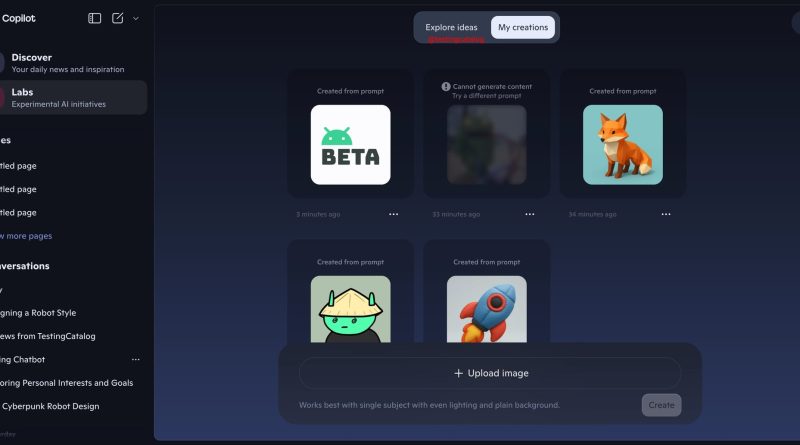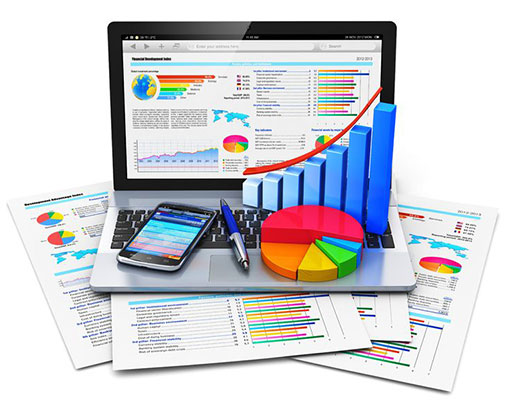Microsoft Tests Turning Pictures into 3D Models in Copilot
Microsoft is once again pushing the boundaries of AI integration with its latest test feature: converting 2D images into fully formed 3D models within Copilot. This experimental capability hints at a major leap for visual computing, user creativity, and the evolution of generative AI tools in mainstream productivity.
📸 From Flat to Fully-Formed: The Feature in Focus
The core of the new feature lies in Copilot’s ability to understand depth, texture, and structure from flat images and intelligently generate realistic 3D assets. Imagine uploading a simple photo of a chair, and within seconds, getting a rotatable, editable 3D version ready for use in:
- Gaming environments
- Augmented and virtual reality projects
- 3D printing
- Digital content creation
- E-commerce product visualization
This tool democratizes 3D design—what once required advanced software and technical skills may soon become as easy as dragging and dropping an image.
🧠 AI Behind the Magic
The process likely relies on Microsoft’s growing arsenal of AI models trained on multi-view geometry, depth estimation, and generative neural rendering. These models analyze not just the object’s shape, but also estimate occluded surfaces and simulate lighting—key challenges in 3D synthesis.
Integrating this into Copilot represents Microsoft’s broader strategy: merging powerful AI capabilities directly into productivity tools, making them accessible to everyday users.
🚀 Why This Matters
- Accelerates creativity: Designers, developers, and marketers can instantly create prototypes, product renders, and immersive content.
- Boosts accessibility: Users no longer need to master 3D software to build virtual assets.
- Enterprise applications: Industries like fashion, architecture, and manufacturing could speed up workflows and reduce prototyping costs.
🔮 What’s Next?
This feature is still in the testing phase, but signals Microsoft’s intent to lead in AI-powered creativity and spatial computing. Combined with advancements in spatial mapping and mixed reality hardware like HoloLens, the future may involve Copilot acting as your 3D assistant—instantly generating and modifying environments on the fly.
Final Thoughts
Microsoft’s experimental tool to convert pictures into 3D models within Copilot isn’t just a novelty—it’s a bold step toward making 3D content creation as intuitive as writing text or editing images. As AI continues to bridge the gap between imagination and reality, tools like this will define the next generation of digital workflows.



